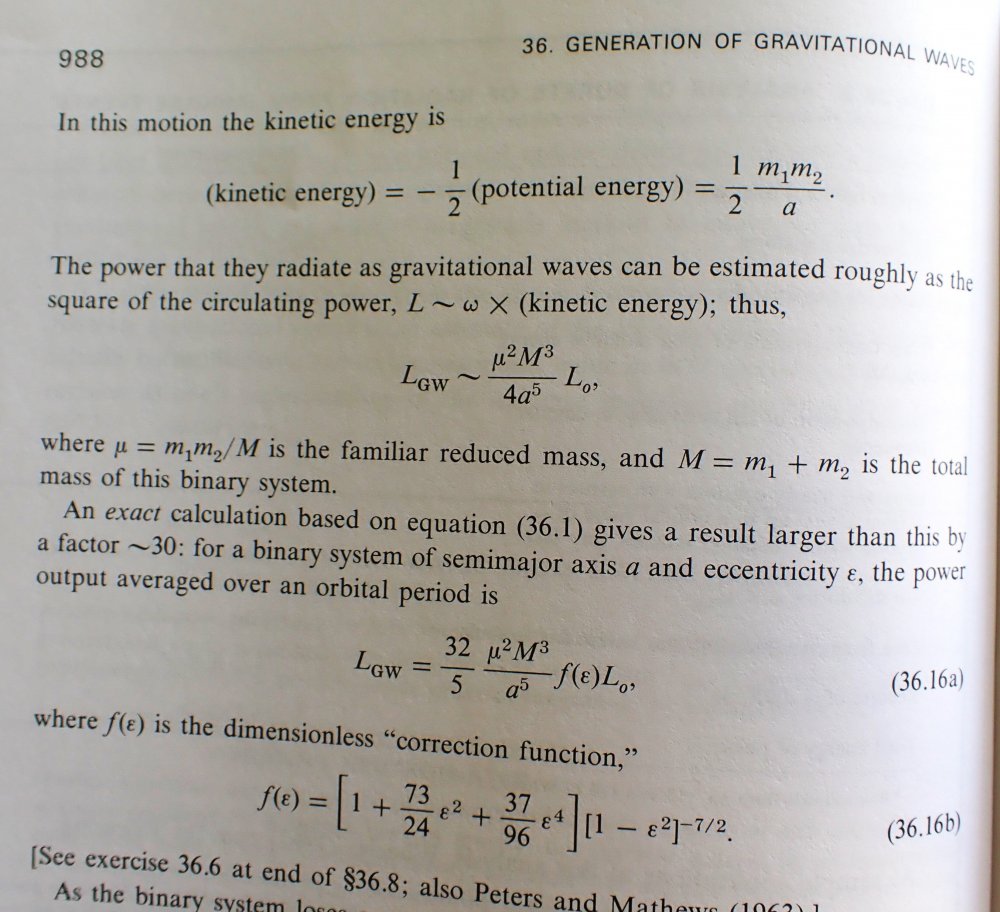-
Posts
5374 -
Joined
-
Days Won
52
Content Type
Profiles
Forums
Events
Everything posted by Genady
-
I did not copy the puzzle and I did not borrow it. I provided the link. I said where it comes from. I did not mislead about the source of the puzzle, but they tried to mislead me about the source of their answer. PS. They knew to search for the answer on the Internet because they knew from me that the puzzle came from the Internet.
-
Several days ago, I've emailed the "Floating Hourglass" puzzle (https://www.scienceforums.net/topic/132371-floating-hourglass/) to a relative, thinking that as former mechanical engineer he might be interested in it. Two days later, I've received his response with a clear and perfect solution. I was impressed and congratulated him with this success. But I was also suspicious because of the language of his response; it was not how he normally speaks. So, after a short Internet search I found a website, copyrighted 1998, with exactly the same text, verbatim. His dishonesty deeply offended me. I've taken some next steps but would like to know your opinions about this situation.
-
It didn't look distressed. Just sat there for a while but gone by the time I've uploaded the picture. Unfortunately, no. Found it like that. ===== 50 minutes later: Found it again. Evidently, it keeps slowly swallowing the rest of the tail:
-
-

Gravitational wave generation of integrating blackholes
Genady replied to Growl's topic in Classical Physics
If I understand your question correctly, then this diagram answers it. See the parts (d) and (e). The source of the waves is on the left, the faraway receptor is on the right: and the explanations: As you see, in the first approximation, i.e., in the dipole case (d), the contributions cancel exactly even for different masses, contrary to your assumption in the OP ("the difference in mass of the two"). The outgoing wave survives because of the quadrupole (e). -
Thank you. Well, I think that the OP has been answered (to my satisfaction.)
-
As we all know, the image I've presented earlier (https://www.scienceforums.net/topic/132496-what-it-is-like-to-see-the-color-red/?do=findComment&comment=1250647) belongs to phenomena called "optical illusions". But is it an illusion? By the definition in Optical illusion Definition & Meaning - Merriam-Webster, optical illusion is But is it misleading? What is there misleading about it? It could be considered misleading if we expected the brain to perceive identically lights of equal frequencies. But why would we expect it? Why would brain evolve in this way? What it'd be good for? Brain is not a laboratory instrument. It is an organ that helps us to survive. Colors in the brain is a phenomenon by itself, which is related to but different from the colors in light. For example, I can imagine an advantage of seeing differently a red fruit hanging high on a tree against light sky background (not interesting) and the same red fruit hanging low against green foliage background (useful).
-
I don't think there are aliasing bars (if I understand correctly what you refer to) in the original. They are added by the zooming algorithm when the image is enlarged.
-
-
No, not at all. It is just short. This diagram shows how short is proper time of a falling particle between the event horizon, r/M=2, and the singularity, r/M=0:
-
When their event horizons join they quickly make one black hole.
-
-
Do you know if this is also why my dogs chew gravel sometimes?
-

Gravitational wave generation of integrating blackholes
Genady replied to Growl's topic in Classical Physics
-
This is perhaps why red is my wife's "favorite color", while I don't even know how a color can be "favorite."
-
I see arguments regarding interpretations of that mental experiment. Somehow, I don't see what the question is.
-
The normal spacetime.
-
My null hypothesis is that if we can examine how our neurons react to the same color, we find that their reactions are generally somewhat similar but not the same in details in different heads. Moreover, they are not the same in the same head at different times and conditions.
-
-
The Cellular Automaton Interpretation of Quantum Mechanics | Physics Today | AIP Publishing
-
This sentence (see the title) has appeared several times recently in this forum. Could somebody please explain to me what it means? I honestly don't understand.
-
How do you know this?
-
i.e., as long as brain is a 'black box,' I agree. I know that now, it pretty much is. I think, I know now what the quoted sentence referred to. Thanks a lot.
-
Certainly, any static picture, even one that includes not only the connectome map but also momentary distribution of all neurotransmitters etc., is not sufficient. Dynamic data are necessary. Here is another analogy, weather. Static satellite pictures of current weather conditions do not allow to make predictions. Dynamic data are necessary. But I doubt that it necessitates knowledge of the entire history of Earth. Cf.,
-
I guess the snapshot of a state is not the same as the state. Using a mechanical analogy again, is a snapshot like a 'position' of particle, while a state is its 'position and momentum'?











